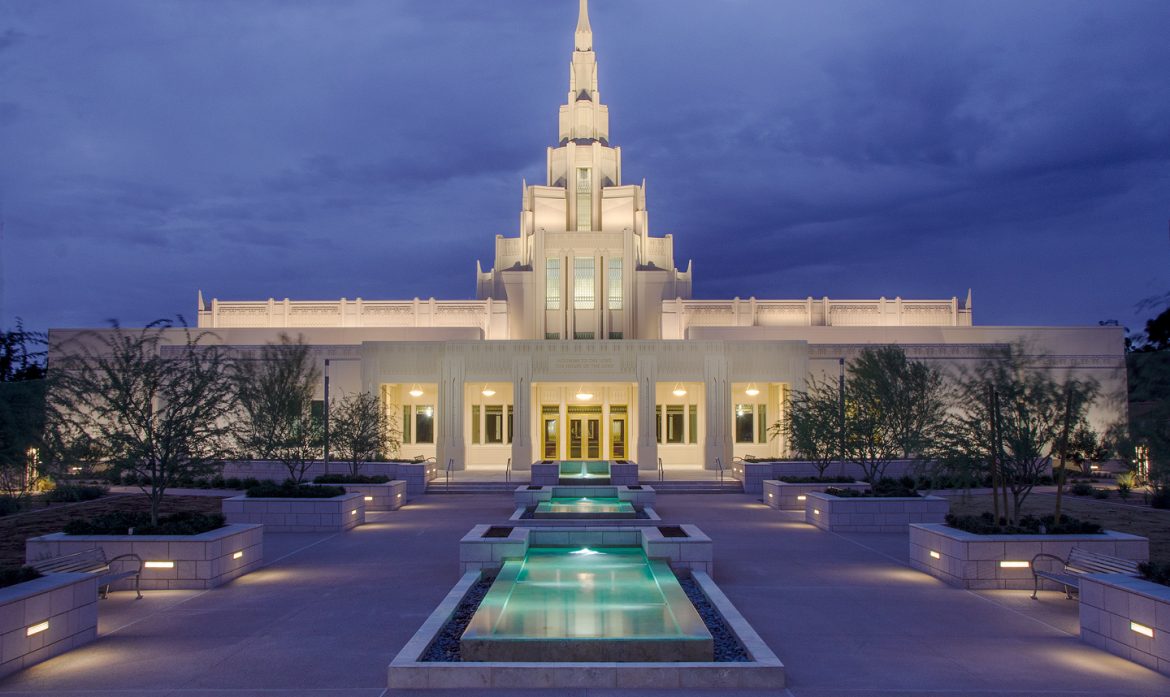In the stunning panorama of spiritual expressions across the globe, the Bahá’í Faith emerges as a beacon of unification and enlightenment. This faith, philosophy, and way of life is deeply rooted in the belief that the world’s major religions represent successive stages in the revelation of God’s will. One of the key expressions of this faith is manifested in the construction of temples, which serve as sanctuaries of peace, prayer, and community service. Among these, the Temple of the Pacific stands as a symbol of spiritual arrival, embodying the Bahá’í principles of unity and universal peace.
The Temple of the Pacific, while located in a specific geographical expanse, symbolizes a profound spiritual aspiration. It serves as an invitation to individuals from diverse backgrounds to explore the depths of Bahá’í teachings, encouraging them to transcend the limitations imposed by sectarianism and cultural divisions. The Temple acts not merely as a structure, but as an embodiment of interconnectedness, where every visitor may experience a transformative understanding of their place in the universe.
A pilgrimage to the Temple of the Pacific is akin to embarking on a voyage into the collective consciousness of humanity. As one approaches this hallowed site, it becomes increasingly apparent that the architectural elegance is paralleled by the profound spiritual ethos it imbues. Visitors are welcomed into an environment that encourages reflection and contemplation, fostering a shift in perspective. This transitional experience motivates individuals to reconsider conventional views of spirituality, navigating beyond dogma and embracing a worldview grounded in inclusivity. The calls for unity echo through the hallowed halls, resonating with the essence of human connection.
Central to the Bahá’í teachings is the concept of ‘Oneness of Humanity’, which posits that all human beings, regardless of race, nationality, or creed, are part of a singular family. This tenet finds its manifestation within the Temple of the Pacific, where diverse rituals and practices are interwoven harmoniously. The inclusivity evident within its walls represents a radical departure from traditional religious exclusivism, aligning seamlessly with Bahá’í ideals. The temple thus becomes a microcosm of a utopian society, a reflective space that nourishes the soul and stimulates the intellect.
The physical architecture of the Temple also serves a critical symbolic function. The design is characterized by elegant yet simple lines, embodying the idea that beauty and humility can coexist. Each element of the temple’s construction is infused with meaning, reminding visitors of the essential harmony that should exist between nature and humanity. Such design not only captures the eye but also invokes a sense of reverence and contemplative wonder. The environmental conscientiousness reflected in the building embodies the Bahá’í commitment to sustainability, offering a paradigm for future constructions informed by ethical considerations.
Through its commitments to interfaith dialogue and spiritual exploration, the Temple of the Pacific espouses an ethos of learning and curiosity. Visitors are encouraged not only to engage with Bahá’í writings but also to delve into the scriptures of other faiths, thereby broadening their spiritual horizons. This dialogical approach facilitates a rich interchange of ideas, nurturing a climate of understanding that is essential for global harmony. It is a sanctuary where individuals may reflect upon not only their own beliefs but also appreciate the profundity of the beliefs of others.
Moreover, the Temple serves as a hub for community engagement, hosting various programs and activities that promote social good. Service is an intrinsic aspect of Bahá’í teachings, and this aspect is highlighted through initiatives aimed at addressing pressing societal challenges. From educational programs to art, music, and cultural exchanges, the Temple manifests a rich tapestry of communal life that promotes collective wellness. Through such efforts, the Temple stands as a testament to the power of collaborative action, illustrating how personal spiritual journeys can culminate in the betterment of society at large.
Inherent in the experience of visiting the Temple of the Pacific is the promise of personal transformation. Encountering the sacred in daily life can transform mundane experiences into profound opportunities for growth and development. Within this context, the Temple encourages visitors to undertake a journey of self-discovery, challenging them to confront their personal biases and question preconceived notions about spirituality and community. The act of entering the Temple can be seen as a symbolic shedding of burdens, allowing the individual to be reborn into a realm of possibilities.
The Temple of the Pacific ultimately extends an invitation to all, emphasizing that spiritual arrival is not a destination but a continual journey towards greater understanding. It nurtures the blossoming of curiosity, igniting a fire within the heart and mind as individuals seek to comprehend their own paths alongside those of others. In a world fragmented by differences, this temple stands as a luminous challenge to individuals and communities alike, urging them to embrace commonality over division, unity over discord.
As one departs from this sacred space, the impressions left behind can be as enduring as the architecture itself. Each visit fosters a renewed commitment to the values of love, justice, and service. The Temple of the Pacific not only symbolizes the dawn of a new era in spiritual consciousness but also exemplifies the core Bahá’í belief that each individual has a unique contribution to make in the unfolding narrative of humanity. Its existence represents a promise of hope, enlightening the way forward for future generations to come.
